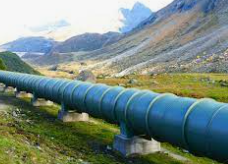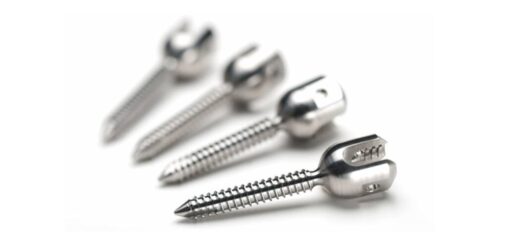Dealing with an oil spill
Despite the clear mandate that we should try and reduce its use, oil, and all of the petrochemical derivatives we get from it, is still the most prominent source of fuel for our movement, economy and living standards. Oil occurs in many places in the world, and there may be more of it beneath us. Its most numerous areas are the North Sea, the Middle East and parts of Africa. Oil needs to be transported around the world and the best way to do that, it seems, is either by a pipeline or by huge container ships. Whilst there are a huge amount of safety measures in place, accidents can happen and leakages occur.
When they do, the results can be catastrophic for the local and global environment. Oil is a substance that is underground for a reason, it was not meant to be extracted and used in the way that it is. When it does happen there are several ways that we look to try and clean it up. One of these are Spill Kits. They have revolutionised the world of environmental recovery. They have saved many habitats from destruction and devastation.
In most cases prevention is better than the clean up process. Pipeline safety and reinforcement is a huge part of the protocols built into the use of such liquid transport methods. With regard to sea transport. Only acceptable routes are used and the hulls of the containers are some of the strongest known to maritime transport. Many have double hulls to protect the vital oil inside.















